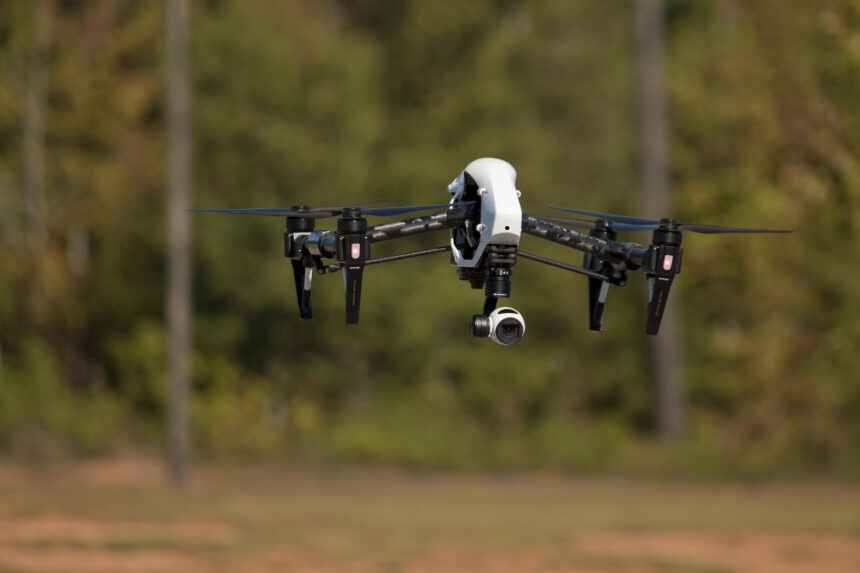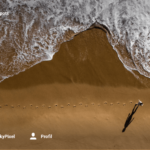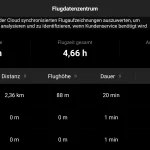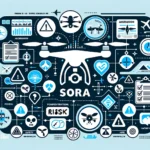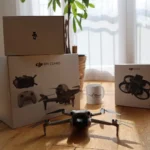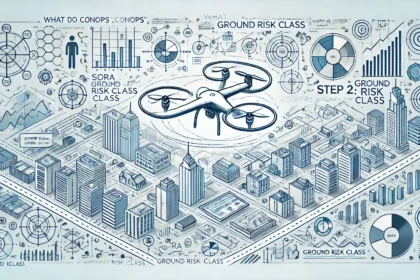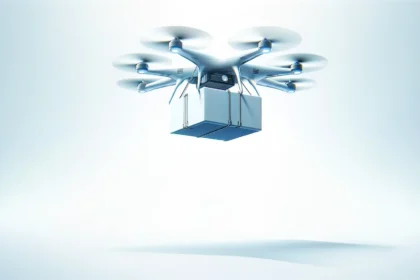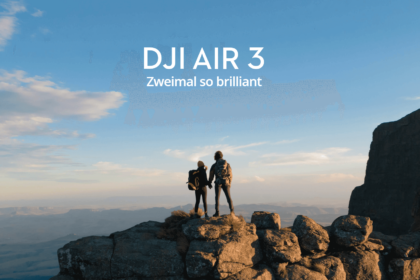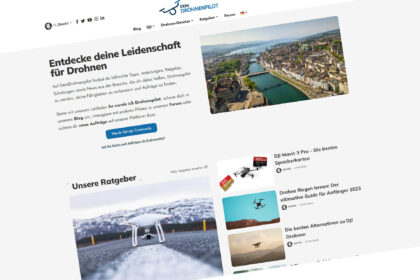SORA stands for Specific Operations Risk Assessment. It is a risk assessment framework developed by the European Aviation Safety Agency (EASA) for drone operations. What this means and when you might have to deal with SORA, we answer in this article.
As you know, every drone participates in air traffic from the moment it leaves the ground. It is therefore part of a complex system for which clear rules and requirements have long existed to ensure safety. Maximum flight altitudes, minimum distances, or maximum weight restrictions are clear to drone pilots.
As technologies evolved and manufacturing costs decreased, drones became easily affordable and thus accessible to a broad mass of people who did not necessarily have aviation experience, and the number of drone flights increased rapidly.
However, it quickly became clear that UAS operations differ from manned aviation and its participants in many ways: take-offs and landings take place on private property, the flight altitude is often very close to the ground, there is more hovering than cross-country flights, existing aviation infrastructure is rarely used, and the technical setup of a drone is not comparable to a certified aircraft. As existing aviation rules were only partially applicable to drones, the EU Parliament enacted Regulation 2019/945 and 2019/947 in which it regulated the use of drones for the member states of the European Aviation Safety Agency (EASA). Known as the EU Drone Regulation.
The aim: to create a level of risk comparable to that of manned aviation.
Risks according to operating categories
For this purpose, three operating categories were defined in order to enable and ensure regulated and safe operation, from toys to transport drones to aerial taxi drones.
The three operating categories are:
- Open
- Specific
- Certified
Most drone pilots operate within the Open category, for which there are clear rules. But what if you want to look over the horizon of the Open category? This is where the Specifc category and SORA come into play.
This is SORA
The Specific category partly enables the applications where drones can realise their full potential. Out of sight, automated, close to buildings, in special areas, over great distances or heights, over 25 kg, drones can technically unleash even more potential.
However, to be able to do this legally safely, permits and special knowledge are required for drone flights in this category. A comprehensive risk analysis of the planned operation is indispensable. One way of analysing the risk of a specific operation is the so-called “Specific Operations Risk Assessment”, or SORA for short.
The process is used to assess the risk of drone operations in a specific operational environment and identify appropriate risk mitigation measures. It comprises several steps, including the identification of hazards, the analysis and assessment of risks, the introduction of mitigation measures and the evaluation of their effectiveness.
SORA thus reflects a risk-based approach that, after comprehensive analysis, takes into account the identified risks of the operation and defines more restrictive targets for increasing risk classes on the safety objectives to be achieved or demonstrated.
When do I need a SORA?
The risk analysis, in the form of a SORA, is necessary if your drone flight no longer falls under the Open category (A1, A2 or A3), but slips into the Specific category. With the appropriate permit, you can still fly. In order to obtain this, the SORA is necessary as a procedure for the risk analysis and must be submitted during the approval process.
Components of the SORA
The core of the risk analysis is the following ten steps:
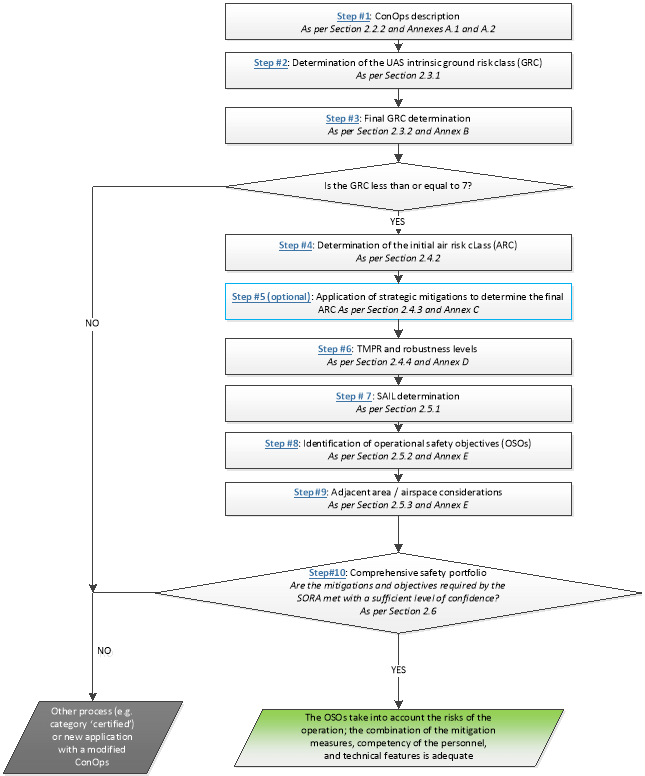
You quickly realise that the comprehensive analysis examines the concept of operations (ConOps) including the organisation and assesses the ground risk (Ground Risk Class, GRC) as well as the air risk (Air Risk Class, ARC).
The combination of GRC and ARC results in the corresponding Specific Assurance and Integrity Level (SAIL), which determines the Operational Safety Objectives (OSOs) to be demonstrated. Finally, you look at the environment beyond the operational volume and summarise everything in a nice safety portfolio.
However, as the information is currently based purely on declarations of how the applicant intends to conduct the operation safely, the biggest objective of the SORA is to establish a reasonable level of trust between the operator and the competent authority and to demonstrate that the operation can be conducted with an acceptable level of risk.
The SORA process was originally developed by the JARUS Group and adopted, with slight adaptations, by EASA in Regulation 2019/947 as a possible method to demonstrate a risk analysis.
SORA consulting
If you too want to leave the boundaries of the Open Category behind you and it all seems too complicated or you need help getting started, then get in touch with us. We will guide you through the application process!
Further SORA articles
This article marks the start of a series of articles on the topic of SORA. How you can legally circumvent the boundaries of the Open Category and what awaits you beyond the horizon of the category will be answered in subsequent articles. There we will go into more detail and shed light on the individual components of a SORA.


